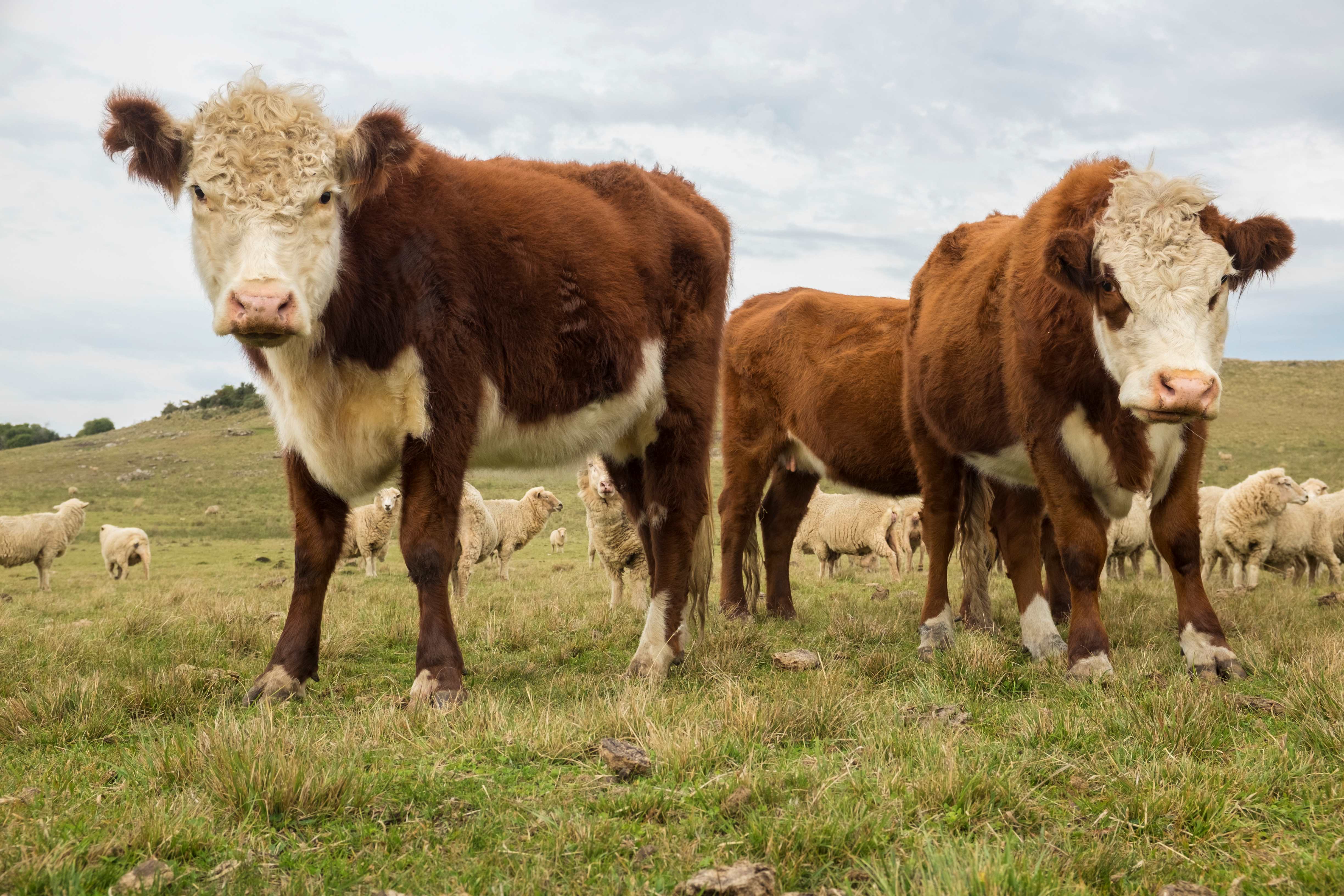Natural resource degradation, climate change and other crises are undermining food systems’ ability to respond to growing global population's demand for nutritious food. In turn, unsustainable food systems globally continue to drive loss of biodiversity and ecosystem functions, land degradation, and GHG emissions, resulting in reduced production of nutritious food, eventually leading to malnutrition, food insecurity, and migration. This vicious cycle must be broken.
The Food Systems Integrated Programme (FSIP), led by FAO and IFAD, focuses on transforming global food systems from farm to table, so that they are sustainable, regenerative, nature-positive, resilient, inclusive, and pollution-free. Building on GEF's integrated programs from GEF-6 (Food Security in Africa and Taking Deforestation out of Commodity Supply Chains) and GEF-7 (Food Systems, Land Use and Restoration Impact Program), the FSIP will address the underlying drivers of unsustainability along the whole length of the food system, by transforming and strengthening value chains, business models, incentive and finance frameworks, and policy and institutional conditions, all of which support the application of models of integrated and sustainable landscape and farm management on the ground.
FSIP is supported at global level by the Global Coordination Platform (GCP), and it incorporates 32 child projects in the following countries: Angola, Argentina, Benin, Bhutan, Burkina Faso, Chad, Chile, China, Costa Rica, Ecuador, Eswatini, Ethiopia, Ghana, Grenada, India, Kazakhstan, Kenya, Malaysia, Mexico, Namibia, Nauru, Nigeria, Pakistan, Peru, Philippines, Solomon Islands, South Africa, Sri Lanka, Tanzania, Türkiye, Uganda and Indonesia.
Target systems

Expected Global Environmental Benefits
| Core Indicator | Expected Impact |
| SUSTAINABLY MANAGING AND RESTORING LAND CI 3. Area of land and ecosystems under restoration | 870,434 hectares |
| CONSERVING & SUSTAINABLY USING BIODIVERSITY CI 4. Area of landscapes under improved practices | 13,844,366 hectares |
| REDUCING GHG EMISSIONS CI 6. Greenhouse Gas emissions mitigated | 174 million tons of CO2eq |
| BENEFICIARIES CI 11. Number of People benefiting from GEF-financed investments | 3.4 million people |
Contact for more information
Hernan Gonzalez Technical Officer, FAO-GEF Coordination Unit FSIP@fao.org | Janie Rioux Senior Technical Specialist, IFAD [email protected] |
Related links
FSIP co-lead agency




_low_res.jpg?sfvrsn=d418bb3c_1)

